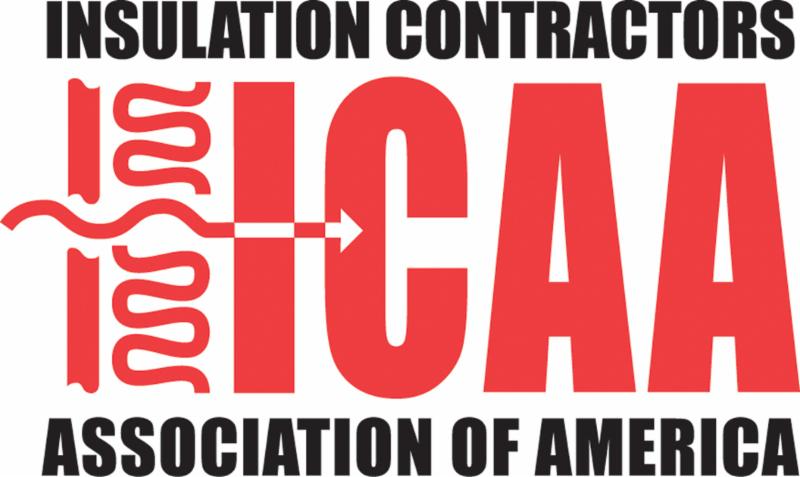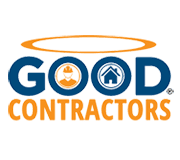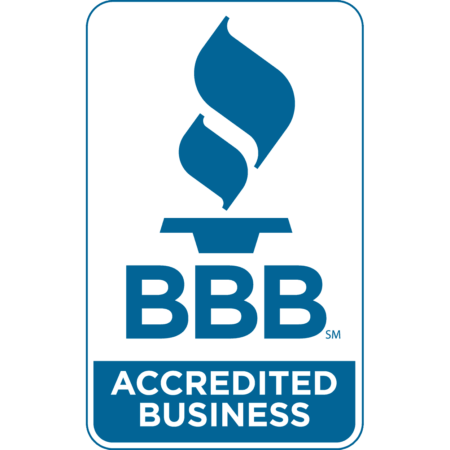Dallas: (972) 548-0088
Radiant Barrier Makes an Amazing Difference
“Energy Attic came and installed Radiant Barrier and insulation in my attic.
There has been a huge difference in temps both up and down! ... They were able to get to
places in the attic I would have not thought possible! I would highly recommend Energy Attic!”
- Dina
Save Money • Breathe Clean Air • Sleep Well
AC Guarantee
Save your AC! Let us fix your attic insulation. Trust us to fix your broken attic and we'll GUARANTEE YOUR AC UNIT FOR A YEAR.Radiant Barrier Installation Dallas Fort-Worth
We use a 3-part Energy Reduction System (ERS System) to make your home or office as energy efficient as possible, save you money on heating and cooling costs, reduce your carbon footprint on the environment and improve indoor air quality.
We provide long-term, real solutions that increase your home’s sustainability and protect your family throughout the year.
Benefits of our Radiant Barrier product:
- Cell phone usage will NOT be affected.
- Easy to handle
- Non-toxic
- Noncarcinogenic
- Installation requires no special tools or clothing
- Does not promote the growth of fungi or bacteria
- Provides no nest support for rodent or insects
- Requires no maintenance
- Meets fire and smoke safety requirements of most federal, state, and local building codes
This radiant barrier product conforms to the following product standards:
- Emissivity tested to ASTM C1371
Delamination & Pliability tested to ASTM C1313 - Corrosion Resistance tested to ASTM D3310
- Fungi Resistance tested to ASTM C1338
- Water Vapor Transmission tested to ASTM E96
- Flammability tested to ASTM E84 with ASTM E2599
- Tongue Tear Strength tested to ASTM D2261
- Trapezoidal Tear Strength tested to ASTM D4533
What Our Clients Say
Schedule Your Energy Attic Audit
Choose Your Insulation
Start Saving With Radiant Barrier
Radiant Barrier Dallas-Fort Worth, TX
Radiant Barrier is a lightweight material that is used to provide resistance again convection, radiation, and conduction heat flow. When you install radiant barrier in the attic of your Fort Worth home, you are able to reflect about 97% of the heat coming into the attic, effectively reducing attic temperatures by about 20-45 degrees during the summer. In the winter, radiant barrier will keep the heat from escaping, keeping your home warmer and saving on energy costs. This material is specifically designed to create maximum airflow to eliminate moisture. It’s an excellent investment for you Fort Worth home.
Energy Attic's aluminum foil radiant barrier heat insulation helps make homes and offices more energy-efficient, saves money on heating and cooling bills, and reduces the carbon footprint.
Lighter Weight and Still Stronger Than The Competition Sigma Technologies Int’l has created new manufacturing process able to eliminate the wasteful adhesives and films to create a lightweight radiant barrier that is actually stronger than a radiant barrier 50% heavier.
Strength tests performed by SGS Consumer Testing (a.k.a. US Testing Company, Inc.) measured both the Tongue Tear (ASTM D2261) and the Trapezoid Tear (ASTM D4533) for Sigma’s 3100 Series Radiant Barrier. These strength tests were then compared to tests run on a conventional heavyweight radiant barrier. For the Tongue Tear strength test, an incision is cut into the radiant barrier and a machine tries to tear it along the cut by ripping and pulling it in separate directions, perpendicular to the plane. For traditional heavyweight laminated radiant barrier, this test is sufficient to tear it. However, Sigma’s Series 3100 radiant barrier scrim stretched and shifted, but in the machine direction, the threads just would not tear. Because the Trapezoid Tear (ASTM D4533) test pulls the product in the direction of the tear, both types of products will actually tear instead of stretching or shifting. The Trapezoid Tear provides a fair comparison from a tear in one product to a tear in another.
The result of the Trapezoid Tear comparison is that it takes between 2X to 3X more strength to tear Sigma’s thinner, lighter Series 3100 radiant barrier (about 20 lbs per 1000 sq ft roll) than a conventional thick and heavyweight radiant barrier (about 30 lbs per 1000 sq ft roll). Other manufacturers are still relying on outdated lamination technology, where the only way to add strength is by making the radiant barrier thicker, heavier and more difficult to handle.
The manufacturer has developed the next generation of radiant barrier products by avoiding the use of adhesives and films in the lamination process. Just like the conversion from iron to steel, when waste is eliminated, the resulting product is not only stronger but much lighter weight and easier to handle.
Radiant Barrier Insulation
Frequently Asked Questions
What is a radiant barrier?
How are radiant barriers installed?
Does radiant barrier work?
Is radiant barrier worth it?
Energy Attic Services
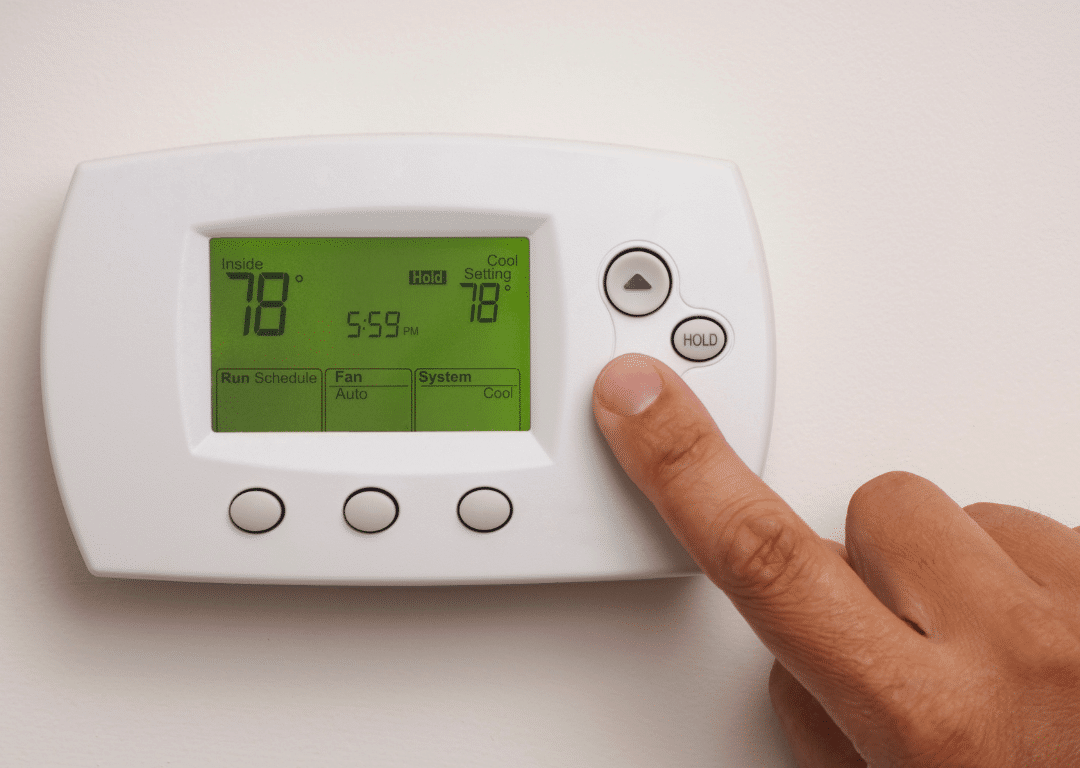
Air Conditioning
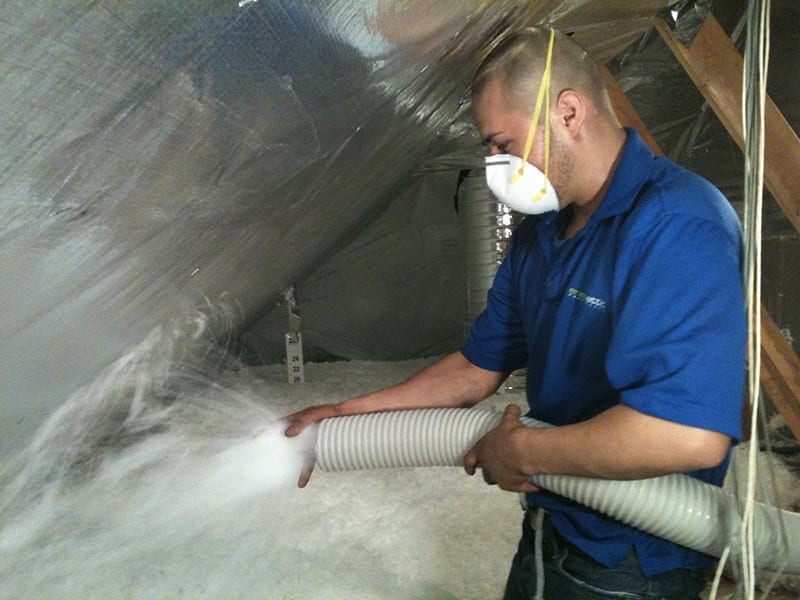
Attic Insulation
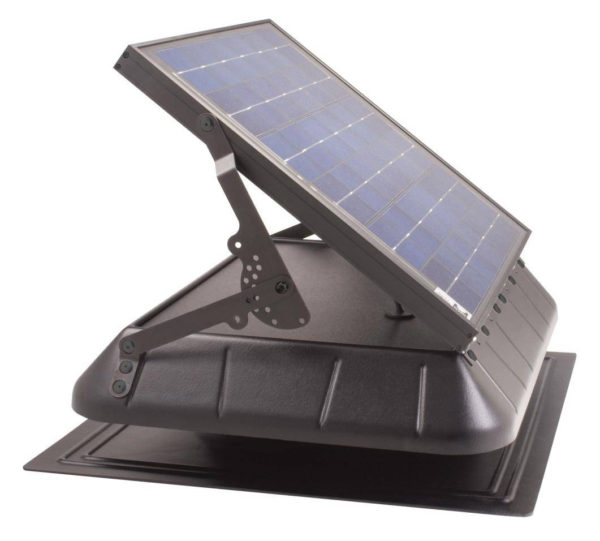
Solar Ventilation
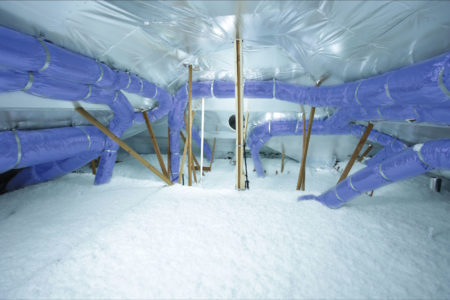
Air Duct Services
Improve the Air Quality inside Your Home
Breathe Fresh Air…And Save Up to 40% on Your Energy Bill!Radiant Barrier Contractor
to Help You Find Comfort in Your Home.
SERVING THE DFW AREA
675 N Glenville Dr. Suite 145
Richardson, TX 75081
Fort Worth, TX 76137
HOURS OF OPERATION
Mon - Fri 9:00 am - 5:00 pm
Sat - Sun Closed


